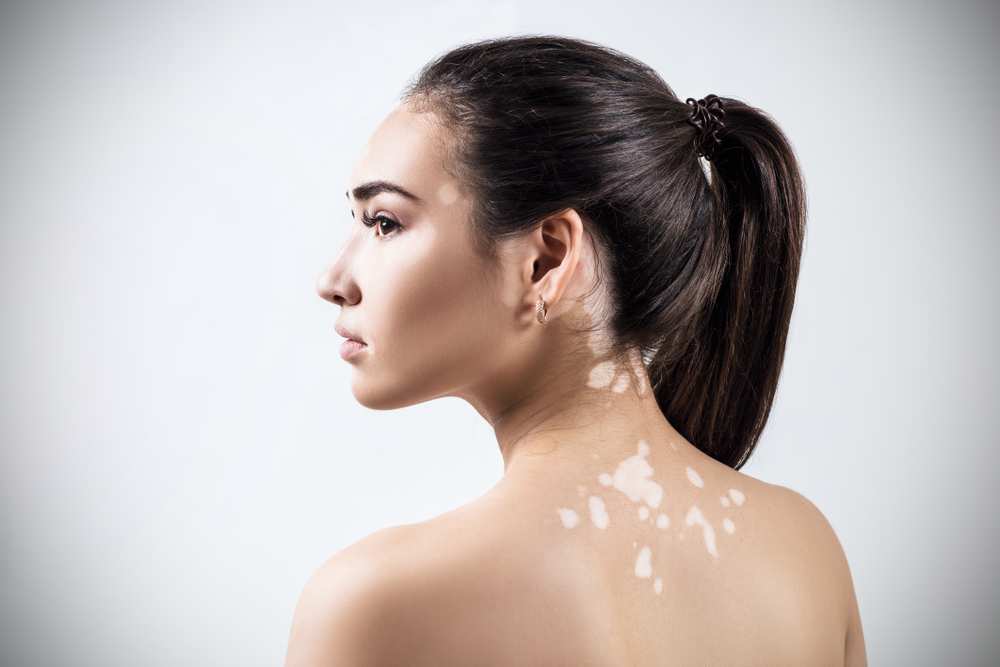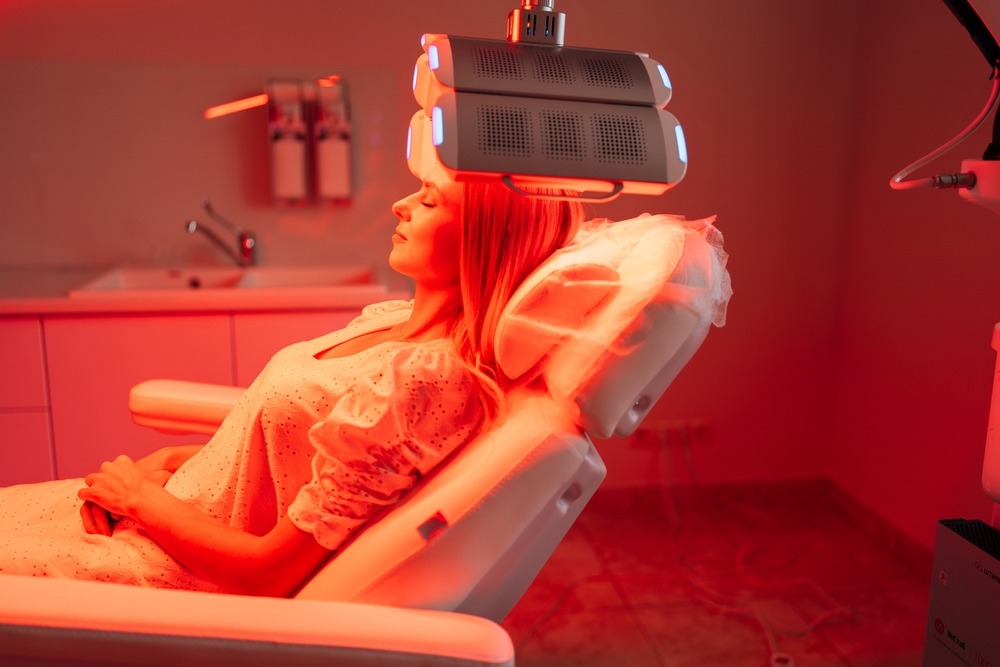Vitiligo can have an impact beyond just your skin – it can also affect your self-worth and overall quality of life. For those looking for solutions to their vitiligo, our team at Borealis Dermatology can provide effective treatment that can help stop its spread and help bring back your natural skin color.
What is Vitiligo?
Vitiligo is a long-term autoimmune disorder that causes patches of the skin to lose their color. These patches spread and expand, affecting the surface of all skin, hair, and even the insides of the mouth. It can happen at any age, usually before age 30. Vitiligo is more common in people with darker skin tones. This often results in inadequate diagnosis and ineffective treatment and the stigma in Black, Brown, and Indigenous communities. Unfortunately, there is no cure for this condition, so it’s important to discuss progress and management with Dr. Arora and continue your treatment to manage the discoloration.
Vitiligo Frequently Asked Questions
1. How does Vitiligo develop?
Vitiligo is a condition that generally causes sections of skin to lose their color, often first showing up on the hands, face, or genitals. It can take on many different forms, such as being on only one side of the body or a few areas of the body. This disorder can also lead to premature whitening of hair follicles, such as the eyebrows, scalp, and beard. It can even cause the tissues inside of the mouth and nose to lose color.
2. What causes Vitiligo?
This is an autoimmune condition, which means that your body’s immune system is attacking your own cells. In vitiligo, the melanocyte cells that are responsible for the production of melanin are targeted. This means that your body will produce less or no melanin, resulting in light patches or spots on the skin. It is important to get an accurate diagnosis as soon as possible, as this could also be a symptom of other disorders.
Other causes include a family history of vitiligo or a trigger event, such as stress, severe sunburn or skin trauma, such as contact with a chemical.
3. How is Vitiligo treated?
While there is no cure for vitiligo, proper treatment can reduce its spread and even restore your natural skin color. At Borealis Dermatology, our providers can provide an effective treatment plan that is personalized to your medical background and concerns.
The most common treatment options include:
- Topical Corticosteroids: These creams or ointments can be applied to reduce inflammation and potentially restore melanocyte activity. Because it is a steroid cream, maintaining correct usage and consistent follow ups with your provider is crucial.
- UVB/UVA Light Therapy: Also called phototherapy or Excimer laser, this treatment shines ultraviolet light onto the discolored areas to shut down the immune cells in the skin.
- Immune System Suppressants: Creams like Opzelura fight directly with the immune system to prevent it from attacking your normal cells. It can be applied to the discolored areas to help reduce their spread and replenish your skin color.
- Camouflage Creams: Although it is not a medical treatment, you can apply camouflage creams to cover the discoloration temporarily.
If you have noticed white or colorless patches, contact Borealis Dermatology to schedule an appointment with one of our providers. We offer two convenient locations in Queens and Long Island, to provide our patients with the highest medical and aesthetic expertise available. Our medical dermatology treatment options are designed to give you the best experience possible. Visit our clinic today!






